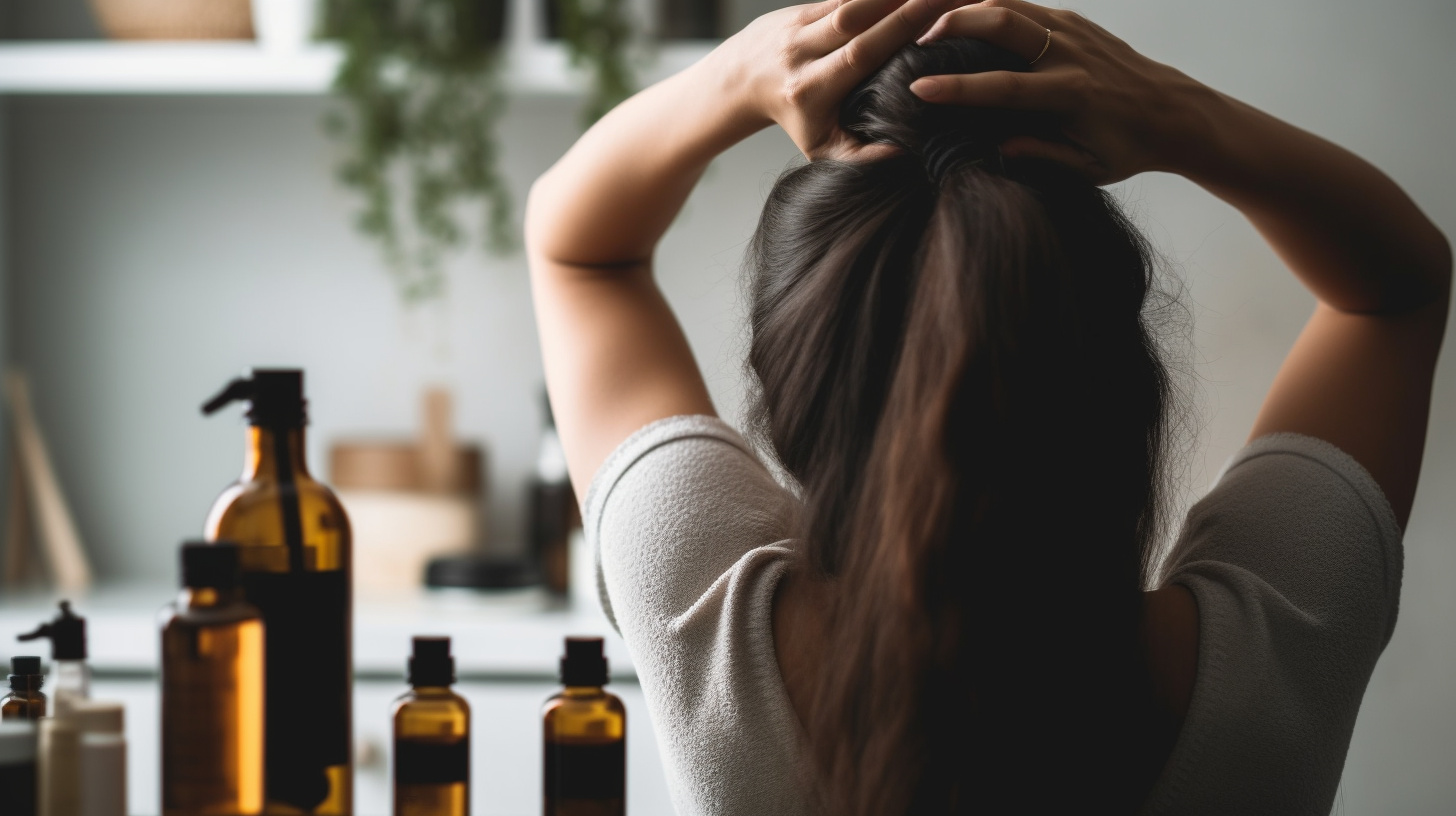The Ultimate Guide: How Often Should You Straighten Your Hair?
Are you tired of dealing with frizzy, unmanageable hair? Do you find yourself reaching for your flat iron every time you need to leave the house? If so, you’re not alone. Many people turn to heat styling tools as a quick fix for unruly hair, but how often is too often when it comes to straightening your locks?
In this ultimate guide, we’ll explore the ins and outs of hair straightening and help you determine the optimal frequency for your hair type. We’ll discuss the effects of frequent heat styling, offer tips on how to properly straighten your hair, and provide advice on maintaining healthy locks despite your styling habits. So grab a cup of tea and let’s dive in!
The Effects of Frequent Heat Styling
Before we get into how often you should straighten your hair, let’s first discuss the potential damage that frequent heat styling can cause.
When you apply heat to your hair, it can cause the cuticle (the outer layer of each strand) to lift, leading to moisture loss and breakage. Over time, this can result in split ends, frizz, and overall dullness. Additionally, repeated use of hot tools can weaken your hair’s protein structure, making it more prone to breakage and thinning.
If you have naturally curly or wavy hair, frequent straightening can also alter your natural texture over time. The heat can disrupt the natural pattern of your curls or waves and make them more difficult to maintain without additional styling.
While occasional use of hot tools is unlikely to cause significant damage to most people’s hair, it’s important to be aware of the potential risks associated with frequent use.
Determining Your Hair Type
Now that we’ve discussed some of the potential risks associated with frequent heat styling, let’s talk about how often you should straighten your hair based on your hair type.
First, it’s important to determine your hair type. The most common hair types include straight, wavy, curly, and coily. Each of these hair types has different needs when it comes to styling and maintenance.
If you have naturally straight or wavy hair, you may be able to straighten your hair more frequently without causing significant damage. However, if you have naturally curly or coily hair, you’ll want to be more cautious with heat styling.
Curly and coily hair types are more prone to moisture loss and breakage, so it’s best to limit the use of hot tools as much as possible. If you do choose to straighten your curls or coils, it’s important to be extra careful when applying heat and use a heat protectant product.
How Often Should You Straighten Your Hair?
So how often should you straighten your hair? Unfortunately, there’s no one-size-fits-all answer to this question. The optimal frequency for heat styling depends on several factors, including your hair type, the condition of your hair, and the quality of the tools you’re using.
As a general rule of thumb, most experts recommend limiting heat styling to once or twice a week at most. This gives your hair time to recover from any damage caused by the heat and allows it to maintain its natural texture and health.
If you have naturally curly or coily hair, however, it’s best to limit heat styling as much as possible. Try using alternative styling methods such as braids or twists that can help stretch out your curls without applying direct heat.
Tips for Properly Straightening Your Hair
Now that we’ve discussed how often you should straighten your hair, let’s talk about how to do it properly to minimize damage.
- Start with clean, dry hair: It’s best to straighten your hair when it’s completely dry. Wet or damp hair is more prone to breakage and can cause steam damage when exposed to heat.
- Use a heat protectant: Applying a heat protectant product before straightening can help minimize damage caused by the heat.
- Choose the right temperature: Different hair types require different temperatures for optimal straightening. Fine or damaged hair should be straightened at a lower temperature, while thick or coarse hair may require higher heat settings.
- Straighten small sections at a time: Straightening large sections of hair at once can prolong the amount of time that your hair is exposed to heat, increasing the risk of damage. Instead, work in small sections and move slowly through each section.
- Avoid going over the same section multiple times: Repeatedly applying heat to the same section of hair can cause serious damage. If you’re having trouble getting a section straight, try using a smaller section size or adjusting the temperature of your tool.
Maintaining Healthy Hair Despite Heat Styling
While minimizing heat styling is one way to maintain healthy hair, there are other steps you can take to keep your locks looking and feeling their best.
First, make sure you’re using high-quality styling tools. Cheap flat irons or curling wands can cause more damage than professional-grade tools. Look for tools with ceramic plates and adjustable temperature settings for optimal results.
Second, invest in high-quality hair care products. Shampoos and conditioners that are designed for your specific hair type can help keep your hair healthy and moisturized, reducing the risk of breakage and damage.
Finally, consider incorporating a hair mask or deep conditioning treatment into your routine once a week. These treatments can help restore moisture to your hair and repair any damage caused by heat styling.
Conclusion
In conclusion, the frequency with which you should straighten your hair depends on several factors, including your hair type and the condition of your locks. While it’s best to limit heat styling as much as possible, occasional use of hot tools is unlikely to cause significant damage to most people’s hair.
If you do choose to straighten your hair, make sure you’re doing so properly by using a heat protectant product and working in small sections. And remember, maintaining healthy locks requires more than just avoiding heat styling. Invest in high-quality tools and products, and be sure to incorporate regular deep conditioning treatments into your routine for optimal results.



